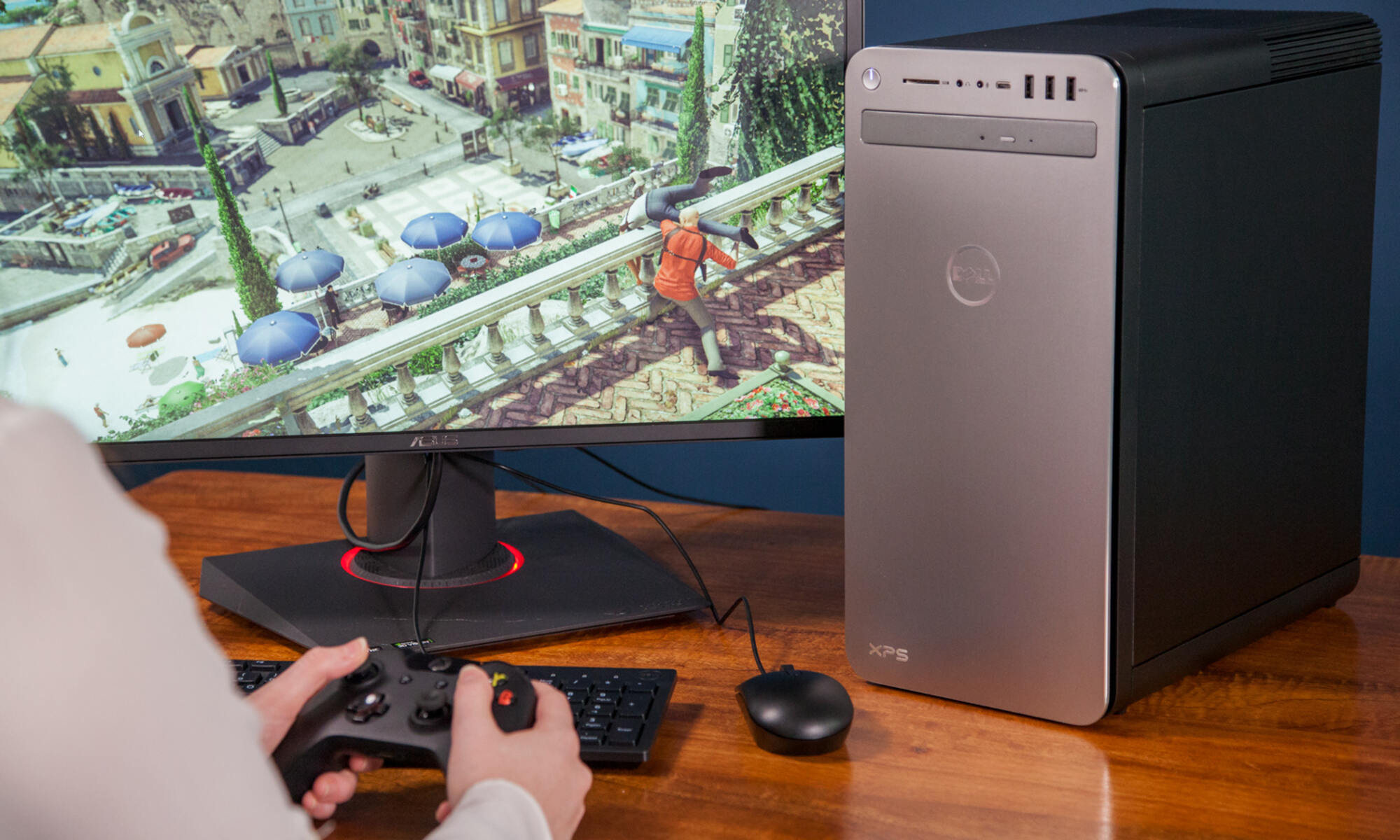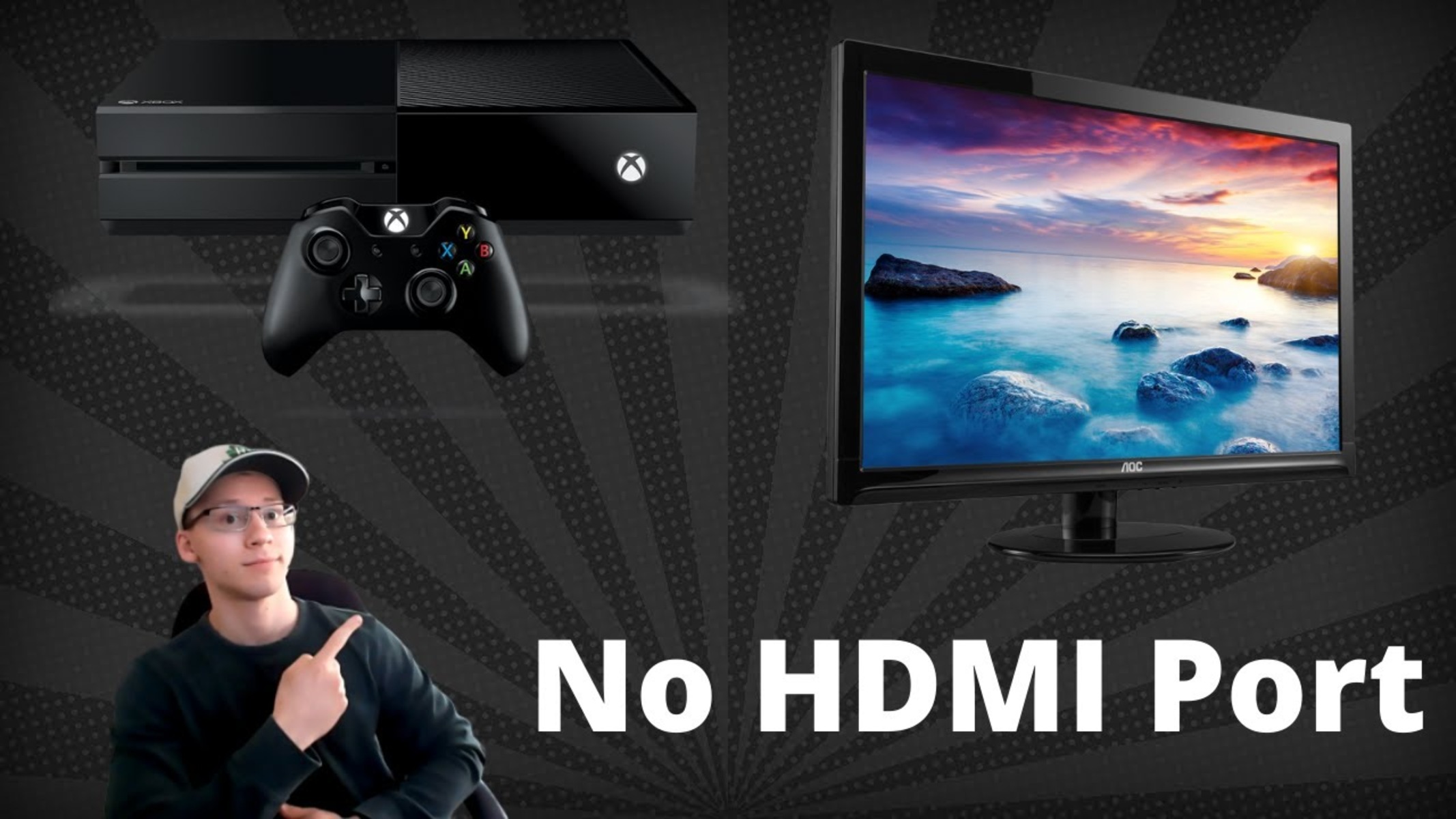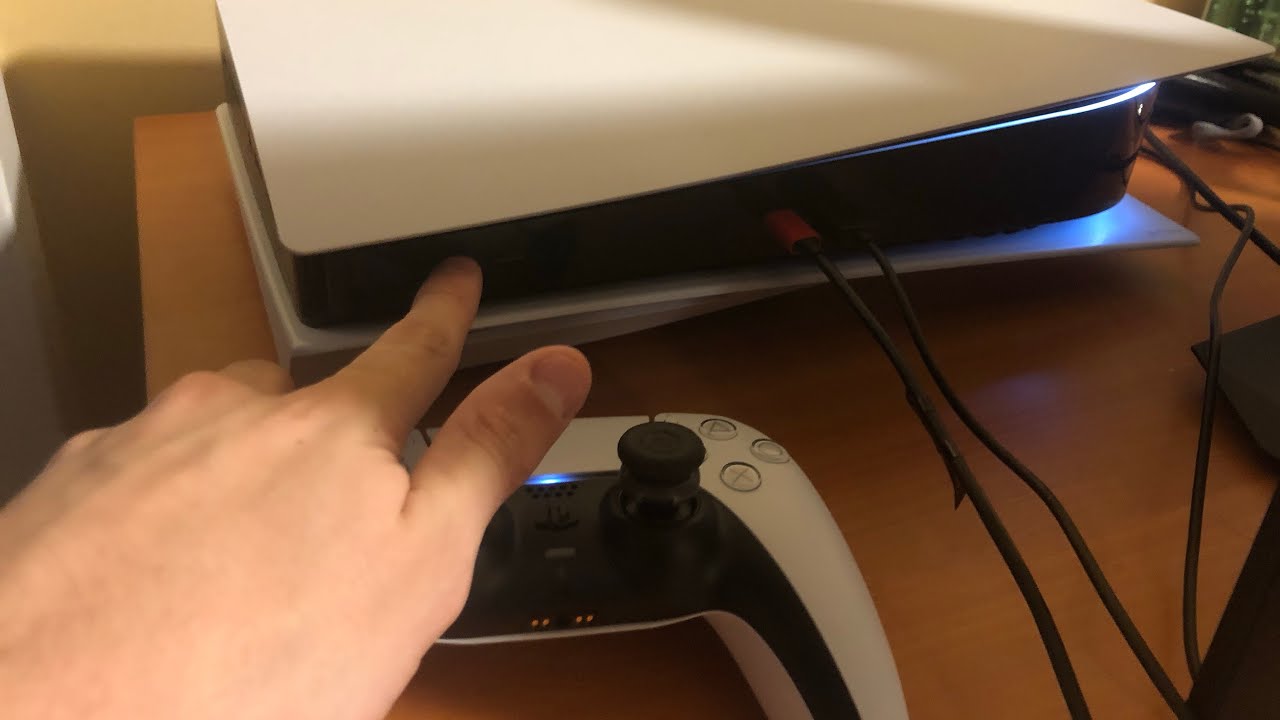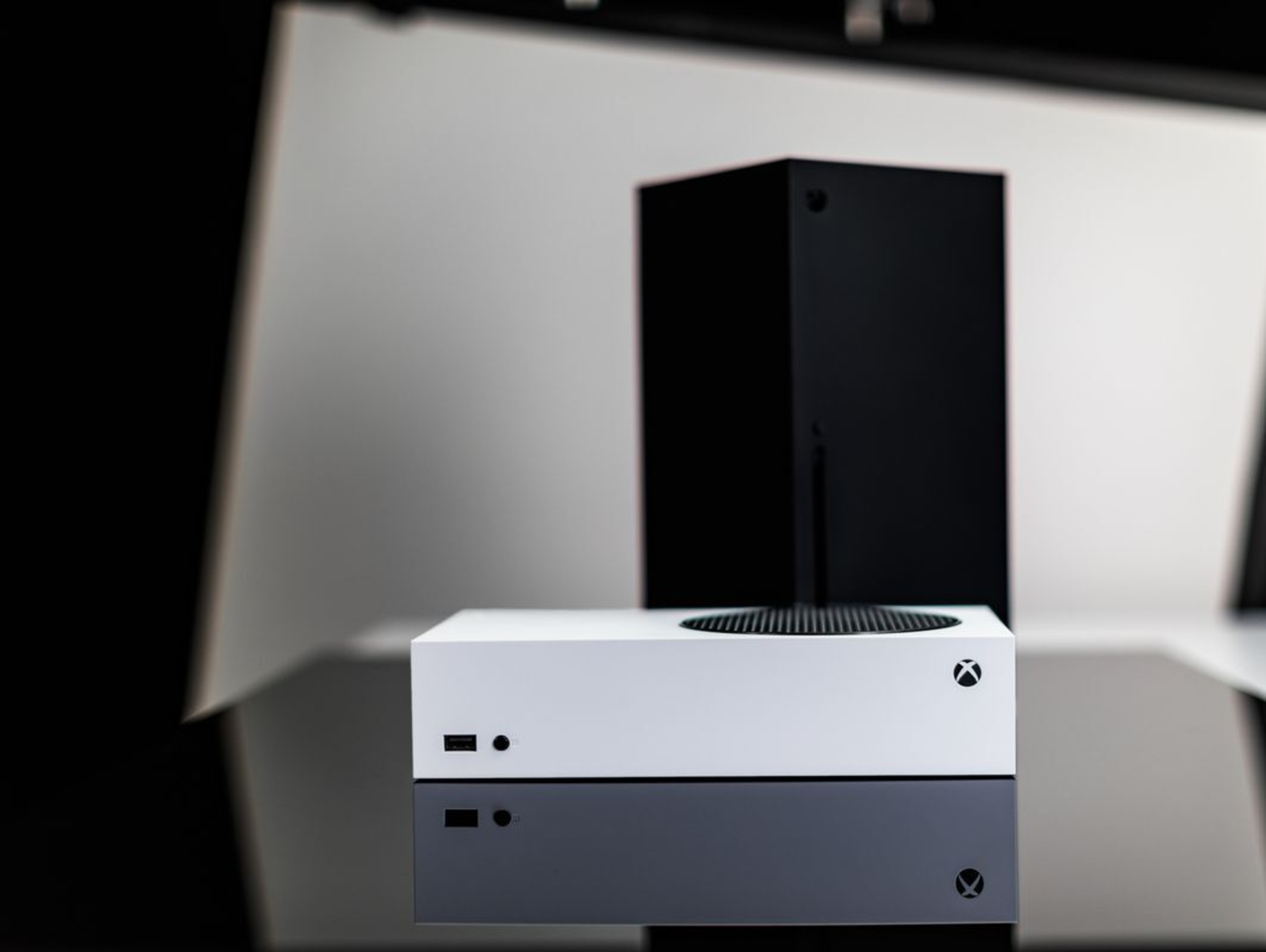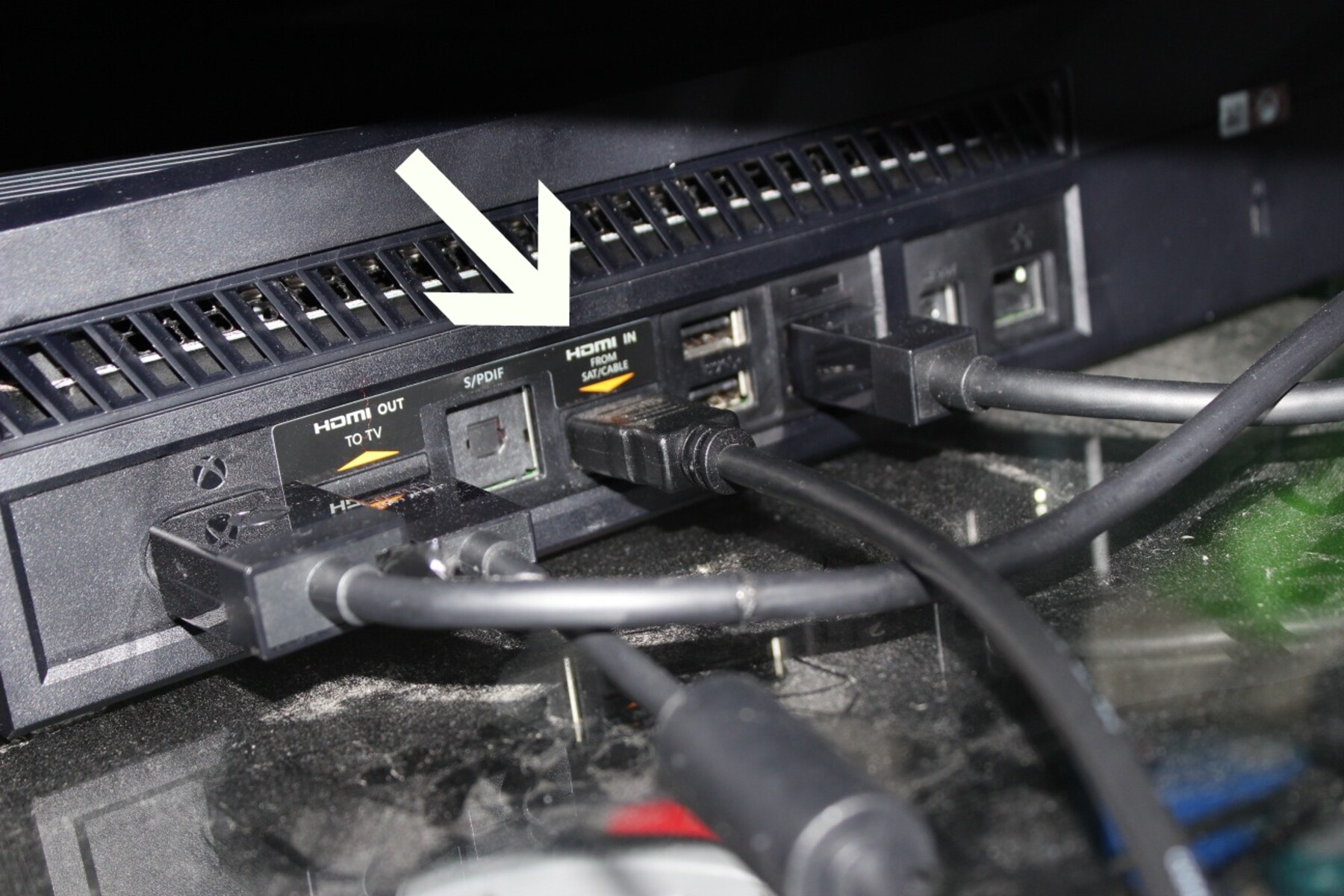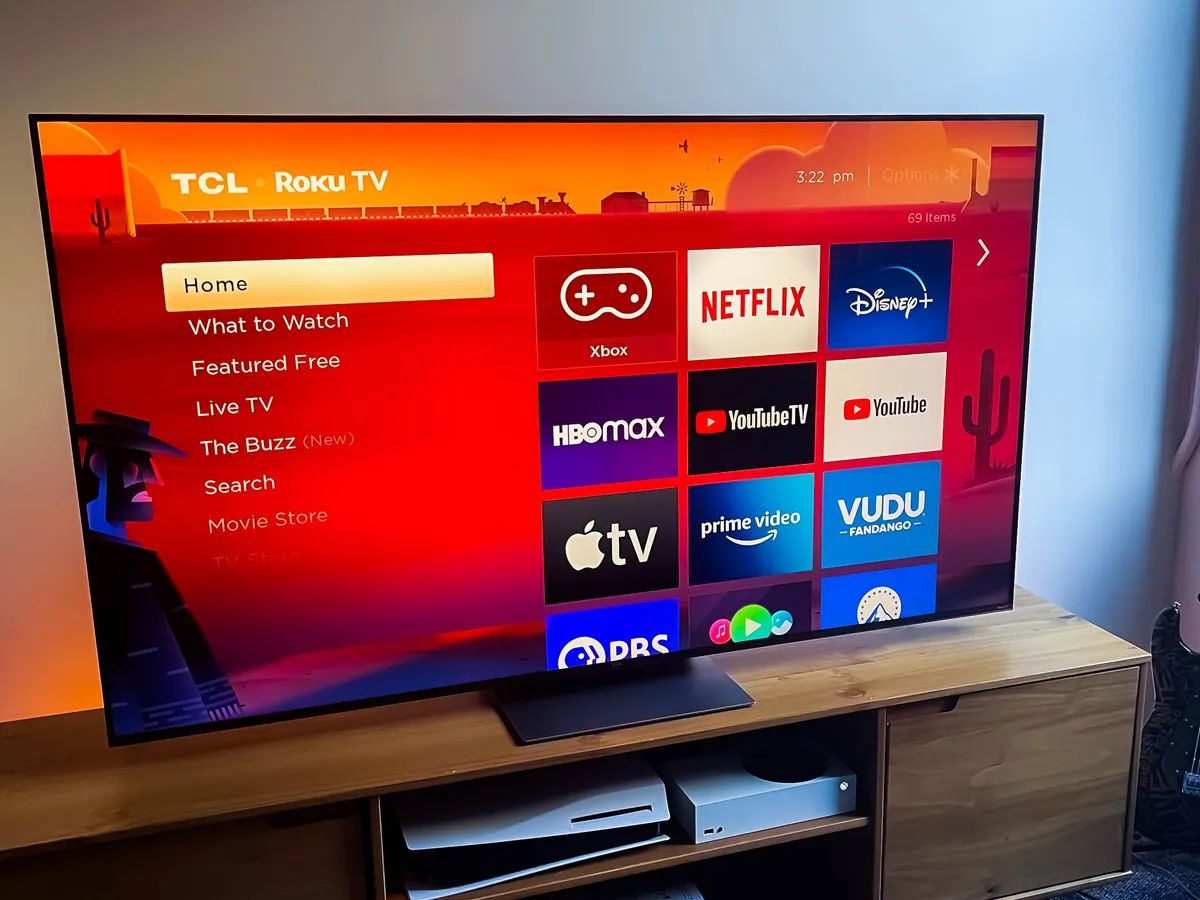Introduction
Welcome to the world of gaming, where entertainment and immersion come together in exhilarating experiences. As a gamer, you’ve invested in top-notch equipment, such as a high-resolution gaming monitor, to enhance your gaming sessions. But what if you want to enjoy the occasional cable TV show or watch live sports on your monitor? Well, you’re in luck! In this article, we will explore how to get cable TV on a gaming monitor.
Getting cable TV on a gaming monitor may seem like a challenge, but with the right equipment and setup, it’s entirely achievable. Whether you own a console or a PC, we’ll guide you through the process so you can enjoy the best of both worlds – gaming and cable TV – on a single screen.
The first step in this endeavor is to find the right gaming monitor. A gaming monitor is designed specifically for gaming, offering features like high refresh rates, low response times, and vibrant colors. However, not all gaming monitors come with built-in TV tuners, which are necessary for cable TV reception. So, you need to ensure that the monitor you choose supports external video input.
Once you’ve selected a compatible gaming monitor, the next step is to connect your cable TV source. There are several methods to achieve this, depending on the available ports on your gaming monitor and the output options of your cable TV source. The most common connection methods include using an HDMI cable, an HDMI to DVI adapter, or a VGA to HDMI converter.
Using an HDMI cable is the simplest and most convenient method if both your gaming monitor and cable TV source have HDMI ports. HDMI cables provide high-quality transmission of both audio and video signals. You can find HDMI cables in various lengths and qualities, so make sure to choose one that suits your needs.
Finding the Right Gaming Monitor
When it comes to finding the right gaming monitor for your setup, there are a few key factors to consider. First and foremost is the display size. Gaming monitors typically range from 24 to 34 inches, with larger sizes offering a more immersive experience. However, keep in mind that a larger screen may require more desk space.
Next, pay attention to the display resolution. The most commonly found resolutions are Full HD (1080p), Quad HD (1440p), and Ultra HD (4K). Higher resolutions provide sharper images, but they also require more powerful hardware to achieve optimal performance. Strike a balance between resolution and the capabilities of your gaming rig.
The refresh rate is another important aspect to consider. The refresh rate refers to how many times the image on the screen gets refreshed per second. A higher refresh rate, such as 144Hz or 240Hz, results in smoother and more fluid motion, which is especially beneficial for fast-paced games. However, note that a higher refresh rate is only beneficial if your graphics card can keep up.
Response time is a crucial factor for competitive gamers, as it determines how quickly the pixels on the screen can change their color. A lower response time, measured in milliseconds (ms), ensures that fast-moving objects on the screen remain sharp and blur-free. Look for gaming monitors with response times of 1ms or lower for optimal performance.
Another consideration is the panel type. There are three common types: TN (Twisted Nematic), IPS (In-Plane Switching), and VA (Vertical Alignment). TN panels offer the fastest response times but can have limited viewing angles and color accuracy. IPS panels provide better color reproduction and viewing angles but have slightly slower response times. VA panels offer deep blacks and high contrast but can suffer from ghosting in fast-paced games.
Lastly, it’s worth noting the connectivity options available on the gaming monitor. Look for monitors with multiple HDMI ports, DisplayPort, and audio output. Having various connectivity options ensures compatibility with different devices and gives you flexibility in connecting your cable TV source.
By considering these factors, you can find the ideal gaming monitor that suits your gaming preferences, provides a visually immersive experience, and supports external video input for connecting your cable TV source. Now that we’ve identified the important aspects of finding the right gaming monitor, let’s move on to the next step: connecting the cable TV.
Connecting the Cable TV
Now that you have chosen a gaming monitor that supports external video input, it’s time to connect your cable TV source. Depending on the available ports on your gaming monitor and the output options of your cable TV source, there are several methods you can use to connect the two.
The most common and straightforward method is using an HDMI cable. If both your gaming monitor and cable TV source have HDMI ports, simply connect one end of the HDMI cable to the HDMI output of the cable TV source and the other end to the HDMI input of your gaming monitor. Make sure to select the correct HDMI input on your monitor’s settings and switch the cable TV source to the desired channel or content.
If your gaming monitor only has a DVI port instead of an HDMI port, you can use an HDMI to DVI adapter. This adapter allows you to connect the HDMI output of your cable TV source to the DVI input of your gaming monitor. Keep in mind that DVI only supports video signals, so you will need to connect an additional audio cable from the cable TV source to a speaker or an audio system for audio output.
In the event that your gaming monitor only has a VGA port, you can use a VGA to HDMI converter. This converter transforms the HDMI output of your cable TV source into a VGA signal that can be connected to the VGA input of your gaming monitor. Similarly to using an HDMI to DVI adapter, audio output will require an additional audio cable.
When connecting your cable TV source, it’s important to ensure that both the gaming monitor and the cable TV source are powered off to prevent any potential damage. Once all the necessary connections are made, turn on your gaming monitor and cable TV source, and adjust the settings accordingly to optimize the display and audio output.
It’s worth noting that each gaming monitor may have slight variations in the setup process, so it’s always advisable to consult the user manual or support documentation provided by the manufacturer for specific instructions.
Now that we’ve covered the various methods of connecting your cable TV to a gaming monitor, let’s address some common troubleshooting issues that you may encounter during the setup process.
Using an HDMI Cable
One of the most common and convenient methods to connect your cable TV source to a gaming monitor is by using an HDMI cable. HDMI (High-Definition Multimedia Interface) cables allow for the transmission of both high-quality video and audio signals using a single cable.
To use an HDMI cable, make sure that both your gaming monitor and cable TV source have HDMI ports. These ports are typically labeled “HDMI” and may be found on the back or side of the devices. Once you have identified the HDMI ports, follow these steps to connect the cable TV source to your gaming monitor:
- Power off both your gaming monitor and the cable TV source. This step is crucial to prevent any potential damage to the devices during the connection process.
- Take one end of the HDMI cable and insert it into the HDMI output port of the cable TV source. This port is usually labeled as “HDMI Out” or “HDMI Output.” Ensure that the cable is securely inserted into the port.
- Take the other end of the HDMI cable and connect it to the HDMI input port of your gaming monitor. The HDMI input port is typically labeled as “HDMI In” or “HDMI Input.” Again, ensure a secure connection.
- Power on your gaming monitor and the cable TV source. Use the power buttons or remote control of each device to turn them on.
- Using the buttons or menus on your gaming monitor, navigate to the input settings and select the HDMI input that you connected the HDMI cable to. This step ensures that the monitor receives the signal from the cable TV source.
- Switch the cable TV source to the desired channel or content, and you should now see the cable TV signal displayed on your gaming monitor.
It’s vital to note that some gaming monitors may have multiple HDMI inputs. If you’re not seeing the cable TV signal on your monitor, double-check that you have selected the correct HDMI input. Additionally, ensure that the cable TV source is transmitting a signal and that the HDMI cable you’re using is in good condition.
Using an HDMI cable provides a straightforward and seamless connection between your cable TV source and gaming monitor, delivering high-quality video and audio for an immersive viewing experience. However, if your gaming monitor doesn’t have an HDMI port or your cable TV source doesn’t output HDMI, you may need to explore other connection options, such as using an HDMI to DVI adapter or a VGA to HDMI converter, which we will discuss in the following sections.
Using an HDMI to DVI Adapter
If your gaming monitor does not have an HDMI port but has a DVI (Digital Visual Interface) port, you can still connect your cable TV source using an HDMI to DVI adapter. This adapter allows you to convert the HDMI output from your cable TV source into a DVI signal that can be recognized by your gaming monitor.
Follow these steps to connect your cable TV source to your gaming monitor using an HDMI to DVI adapter:
- Ensure that both your gaming monitor and cable TV source are turned off. It is essential to power off the devices before making any connections.
- Take one end of the HDMI cable and connect it to the HDMI output port of your cable TV source. This port is typically labeled as “HDMI Out” or “HDMI Output.”
- Connect the other end of the HDMI cable to the HDMI input of the HDMI to DVI adapter. Ensure a secure connection.
- Take the DVI end of the HDMI to DVI adapter and insert it into the DVI input port on your gaming monitor. The DVI input port is usually labeled as “DVI In” or “DVI Input.”
- Connect an audio cable from the audio output port of your cable TV source to a speaker or audio system if you want to have audio output. HDMI to DVI adapters only transmit video signals, so a separate audio connection is necessary.
- Power on your gaming monitor and cable TV source.
- Using the buttons or menus on your gaming monitor, navigate to the input settings and select the DVI input that you connected the HDMI to DVI adapter to.
- Switch the cable TV source to the desired channel or content, and you should see the cable TV signal on your gaming monitor.
It’s important to note that HDMI to DVI adapters only convert the video signal, so you will need a separate audio connection to get audio output. Make sure to connect the audio cable from the audio output port of your cable TV source to a speaker or audio system that is compatible with the audio output format.
Using an HDMI to DVI adapter is an effective solution if your gaming monitor only has a DVI port and your cable TV source has an HDMI output. This method allows you to still enjoy cable TV on your gaming monitor, albeit with separate audio connections. However, if your gaming monitor lacks both HDMI and DVI ports, you may need to explore alternative connection options, such as using a VGA to HDMI converter, which we will cover in the next section.
Using a VGA to HDMI Converter
If your gaming monitor only has a VGA (Video Graphics Array) port and your cable TV source has an HDMI output, you can still connect them using a VGA to HDMI converter. This converter allows you to convert the HDMI signal from your cable TV source into a VGA signal that can be recognized by your gaming monitor.
Follow these steps to connect your cable TV source to your gaming monitor using a VGA to HDMI converter:
- Ensure that both your gaming monitor and cable TV source are turned off. Always power off the devices before making any connections.
- Take one end of the HDMI cable and connect it to the HDMI output port of your cable TV source. This port is typically labeled as “HDMI Out” or “HDMI Output.”
- Connect the other end of the HDMI cable to the HDMI input of the VGA to HDMI converter. Ensure a secure connection.
- Take the VGA cable (usually included with the VGA to HDMI converter) and connect it to the VGA output port of the converter.
- Insert the other end of the VGA cable into the VGA input port on your gaming monitor. The VGA input port is usually labeled as “VGA In” or “VGA Input.”
- Connect an audio cable from the audio output port of your cable TV source to a speaker or audio system if you want to have audio output. Similar to the HDMI to DVI adapter, VGA to HDMI converters only transmit video signals.
- Power on your gaming monitor and cable TV source.
- Using the buttons or menus on your gaming monitor, navigate to the input settings and select the VGA input that you connected the VGA to HDMI converter to.
- Switch the cable TV source to the desired channel or content, and you should see the cable TV signal on your gaming monitor.
Keep in mind that VGA to HDMI converters only transmit video signals, so a separate audio connection is necessary for audio output. Make sure to connect the audio cable from the audio output port of your cable TV source to a compatible speaker or audio system.
Using a VGA to HDMI converter is a solution when your gaming monitor only has a VGA port and your cable TV source has an HDMI output. This method allows you to enjoy cable TV on your gaming monitor, although separate audio connections are required. However, if your gaming monitor lacks both HDMI and VGA ports, it may be necessary to consider alternate display options or invest in a monitor that supports external video input.
Troubleshooting Common Issues
While connecting your cable TV source to a gaming monitor is usually a straightforward process, you may encounter some common issues along the way. Here are a few troubleshooting tips to help you resolve these issues:
No signal or black screen: If you’re not seeing any signal or a black screen on your gaming monitor after connecting your cable TV source, double-check that all the connections are secure. Ensure that the HDMI cable is properly plugged into both the cable TV source and the gaming monitor, and that the correct input source is selected on the monitor.
Incorrect aspect ratio or resolution: Sometimes, the aspect ratio or resolution of the cable TV signal may not match your gaming monitor’s native settings. To fix this issue, access the settings menu on your gaming monitor, and adjust the aspect ratio and resolution to match the cable TV source. You may need to consult the user manual or support documentation for specific instructions on changing these settings.
No audio: If you have connected your cable TV source using an HDMI to DVI adapter or a VGA to HDMI converter, you will need a separate audio connection for audio output. Ensure that you have connected the audio cable from the cable TV source to a compatible speaker or audio system. Check that the volume is turned up and that there are no issues with the audio cables or connections.
Compatibility issues: Make sure that your gaming monitor and cable TV source are compatible in terms of supported video resolutions and refresh rates. If the cable TV source outputs a resolution or refresh rate that your gaming monitor cannot handle, you may experience display issues. Consult the specifications of your devices to ensure compatibility.
Try different cables and adapters: If you encounter persistent issues, it may be worth trying different cables or adapters. Sometimes, faulty or incompatible cables or adapters can cause signal dropouts or poor video quality. By testing with different cables or adapters, you can pinpoint whether the issue lies with the hardware or the connections.
Update firmware or drivers: Check if there are any firmware updates available for your gaming monitor or drivers updates for your cable TV source. Updating the firmware or drivers can often resolve compatibility issues and improve performance.
If you have attempted these troubleshooting steps and are still experiencing issues, it may be helpful to contact the customer support of the respective manufacturers for further assistance. They can provide specific guidance tailored to your devices and address any unique issues you may be facing.
With these troubleshooting tips in mind, you should be able to resolve common issues and enjoy cable TV on your gaming monitor without any interruptions. Now, let’s conclude with some final thoughts.
Conclusion
Getting cable TV on a gaming monitor may seem like a daunting task at first, but with the right equipment and setup, it’s completely achievable. Whether you choose to connect using an HDMI cable, an HDMI to DVI adapter, or a VGA to HDMI converter, you can enjoy the best of both worlds – gaming and cable TV – on a single screen.
When finding the right gaming monitor, consider factors such as display size, resolution, refresh rate, response time, and panel type. Ensure that your chosen monitor supports external video input through HDMI, DVI, or VGA ports, depending on your specific requirements.
Connecting your cable TV source is a matter of choosing the appropriate method for your gaming monitor and cable TV source. By using an HDMI cable, an HDMI to DVI adapter, or a VGA to HDMI converter, you can establish the necessary connections and enjoy cable TV on your gaming monitor.
If you encounter any issues during the setup process, troubleshooting common problems such as no signal, incorrect aspect ratio, audio difficulties, compatibility issues, and cable or adapter problems can help address the situation effectively.
Remember to consult the user manuals or support documentation provided by the manufacturers for specific instructions and guidelines tailored to your gaming monitor and cable TV source.
All in all, with the right equipment, a bit of technical know-how, and the willingness to troubleshoot, you can seamlessly integrate cable TV into your gaming setup. So sit back, relax, and enjoy the best of both worlds on your gaming monitor!







